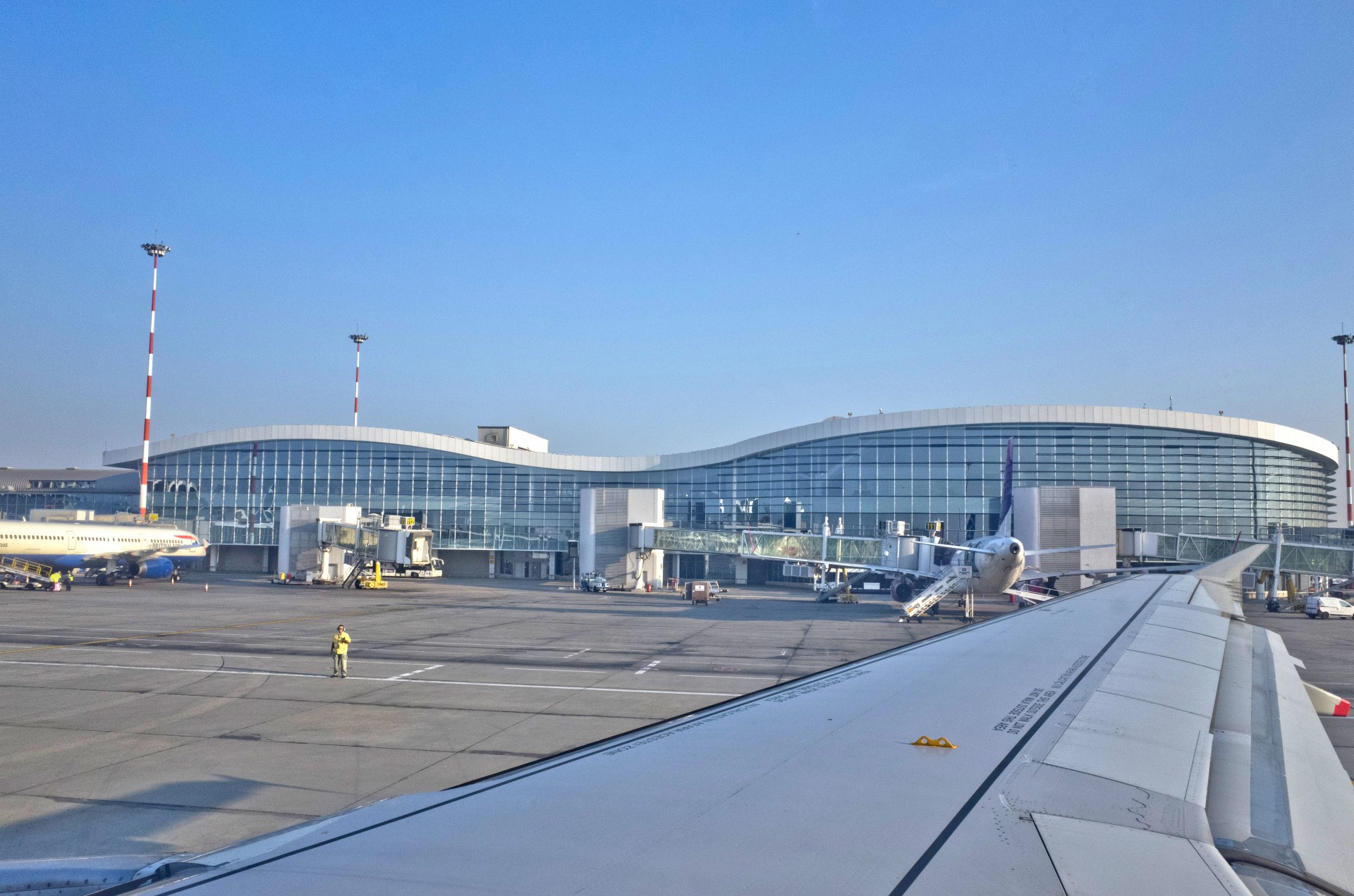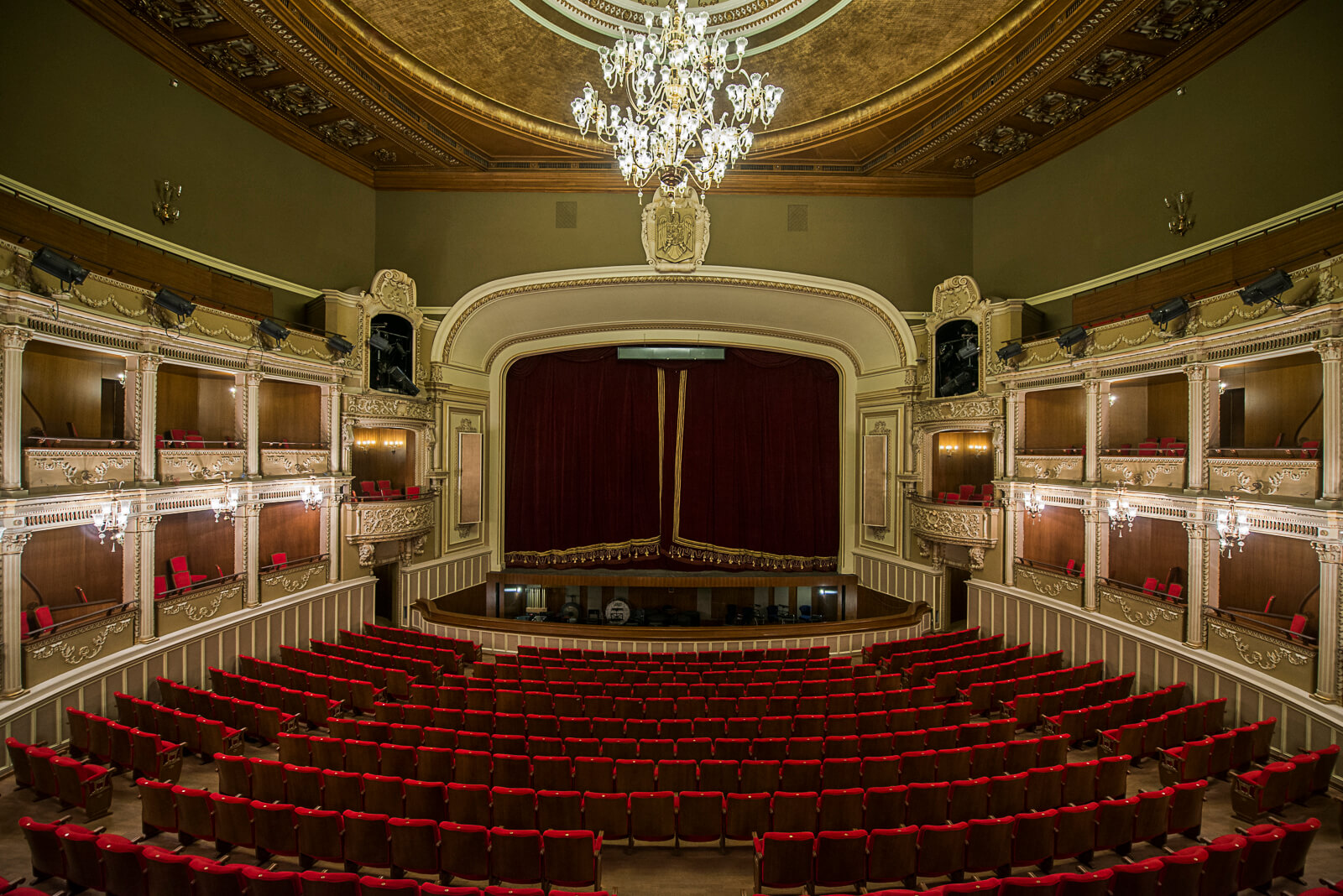Are you planning to be part of the 20th anniversary of the AUTOR Contemporary Jewelry Fair on 6-7 May? We have prepared this guide for you, containing relevant information for an unforgettable experience in Bucharest.
1. Rediscovering Bucharest: From the “Paris of the Orient” to a city of contrasts
Bucharest, the capital of Romania, was once known as the “Paris of the Orient” for its stunning French-style Art Nouveau and Art Deco architecture and its vibrant cultural scene. However, the 20th century brought destruction to the city with World War II, an earthquake in 1977, and a brutal Communist dictatorship. Despite this, Bucharest has reinvented itself with a mix of Art Nouveau remnants, such as old villas lining broad avenues north of the city center, and brutalist Communist-era apartment blocks.
Today, Bucharest is a fascinating city of contrasts that will take you on a journey through time. From the elegant parks built around romantic lakes to a full-on replica of the Arc de Triomphe, the city has something for everyone. Visitors will marvel at the communist-era Palace of Parliament, the world’s second-biggest building, which is now a museum showcasing an entirely different era.

2. Transport options from the airport to the city centre
When arriving in Bucharest, transportation options from the airport include a special taxi service that operates at the exit of the Arrivals terminal, where you can order a cab using a touch-screen device. The fares are between 2.59 lei/km and 3.5 lei/km (around 60 cents/km). However, taxi scams are prevalent, so it’s essential to be careful.

Alternatively, you can download the Uber or Bolt app, request a ride, and pay by card through the app. This option is useful if you don’t have any Romanian lei cash on you.
Another option is to take the train, which provides a fast connection between Henri Coandă Airport and Bucharest North Railway Station. The Train Station is situated directly outside the Arrivals Terminal, and trains run 24 hours a day, every 40 minutes. The duration of the trip is approximately 20 minutes, and the ticket price is 5 lei (€1).

The 783 Express line is another option that connects Bucharest Henri Coandă International Airport with the city center. This line runs day and night, with the bus leaving every 40 minutes at night. The price for a metropolitan trip of 90 minutes is 3 lei (€0.60), and you can pay using several methods.
3. Romania: Land of diversity and history
Romania is a land of diversity and history, with a population of 18,902,156 people, as of February 2023. Bucharest alone is home to 1,776,000 people, making it the fourth-largest city in the European Union by population. The main ethnic groups in Romania are Romanian (84%), Hungarian (6.1%), Gipsy (3.1%), German (0.2%), and Ukrainian (0.2%). The majority of the population is Christian Orthodox (81%), while other religions, such as Roman Catholic, Reformed, Greek-Catholic, Unitarian, Jewish, and others, also exist.
Despite the turmoil of the past, Bucharest is a vibrant city that believes in itself. Visitors can experience the open-air bar scene, attend theater or opera, watch foreign-language films in their original tongue, or enjoy a peaceful day in one of Bucharest’s well-kept parks. A visit to Bucharest is a must for anyone looking to explore a city with a unique blend of history, culture, and modernity.
 4. A vibrant city: the best things to do in Bucharest
4. A vibrant city: the best things to do in Bucharest
Bucharest, the capital of Romania, is a vibrant and dynamic city with a rich cultural heritage. It is home to numerous museums, art galleries and cultural institutions, making it a great destination for art lovers. Here are some of the must-visit art museums in Bucharest:
National Museum of Contemporary Art (MNAC) – MNAC is one of Romania’s most important cultural institutions dedicated to contemporary art. The museum is housed in the Palace of Parliament, one of the largest administrative buildings in the world. MNAC has an extensive collection of contemporary art, with works by Romanian and international artists.

Museum of Recent Art (MARe) – MARe is a relatively new museum, opened in 2019, but has quickly become one of the most popular art museums in Bucharest. The museum is located in a historic building that was once a textile factory and showcases contemporary art from Romania and around the world. MARe is also known for its innovative exhibitions and events, which attract a diverse and engaged audience.

National Art Museum of Romania (MNAR) – MNAR is the largest art museum in Romania, with a collection of over 70,000 works of art spanning from the medieval period to the present day. The museum is housed in the former Royal Palace, a stunning neoclassical building in the heart of Bucharest. MNAR has a wide range of collections, including European and Romanian art, decorative arts and oriental art.

Apart from these art museums, there are several other cultural attractions in Bucharest that are worth visiting. These include the Village Museum, which showcases traditional Romanian architecture and crafts, the Dimitrie Gusti National Village Museum, which exhibits traditional folk art and culture, and the Palace of Parliament, which is the second largest administrative building in the world.






